As winter fades and warmer weather approaches, it’s time to prepare your home and yard for the new season. These 13 spring fix-ups will enhance your property’s appearance, improve energy efficiency, and help save you money in the long run. Let’s explore how you can upgrade your home this spring while keeping your wallet happy.
How Can You Enhance Your Home’s Exterior?
Spring is the perfect time to focus on your home’s exterior. These projects will go a long way to improve your property’s appearance.
1. Stain the Fence
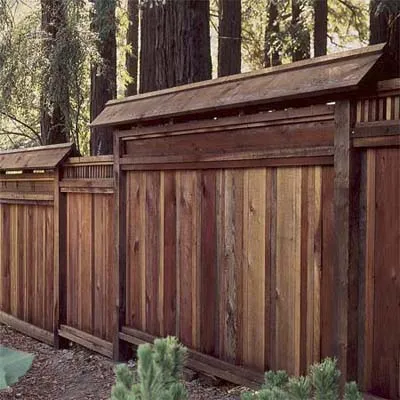
A well-maintained fence enhances curb appeal while also protecting your property.
Start by cleaning the fence with a nontoxic deck cleaner to remove dirt, debris, and any loose paint or stain. Once clean and dry, apply a high-quality, UV-resistant stain to protect the wood from sun damage and moisture.
For best results, use a landscape pump sprayer to provide even coverage. Wait 30 minutes, then wipe the surface with a lint-free rag to remove excess stain.
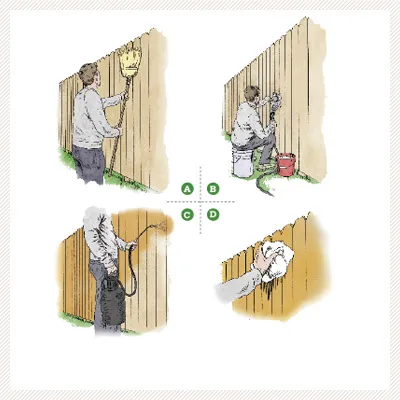
2. Add Window Awnings
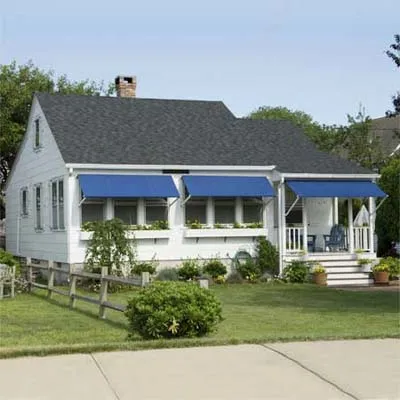
Window awnings reduce solar heat gain (by up to 65% on south-facing windows and 77% on west-facing ones), glare, and UV damage to your furniture without blocking airflow or views.
When selecting awnings, choose a design that complements your home’s architectural style. Options range from stationary hood- or dome-type awnings to retractable Venetian-style models. Retractable awnings offer more flexibility, allowing you to adjust them based on the sun’s position throughout the day.
Look for awnings made from durable, weather-resistant materials, such as dyed-acrylic or polyvinyl-laminate fabrics. These materials repel water and resist mildew and fading, helping your investment last for years.
3. Repair and Spruce Up Pathways
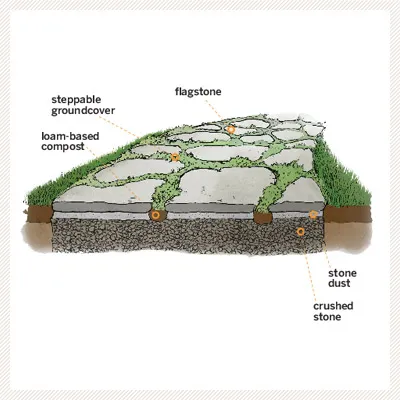
Winter weather can take a toll on your outdoor pathways, causing loose joints and uneven pavers. Tackling this job now can help you avoid costly total walkway replacements.
Start by inspecting your pathways for any damage. Fill depleted joints with new sand or stone dust, then hose down the pavers to set the material. Repeat this process as needed. For pavers that have shifted out of place, add new base material before resetting them.
To add to the look, we suggest planting low-growing, ground-hugging herbs between flagstones. Options such as woolly thyme or shade-tolerant miniature mat daisies can soften the look of sharp edges and add visual interest. To plant between stones, dig out the joints, fill with loam-based compost, plant your chosen groundcover, and water thoroughly.
What Projects Will Help With Water Conservation and Management?
Efficient water management and conservation can be useful for you and beneficial for the environment.
4. Install a Rain Barrel
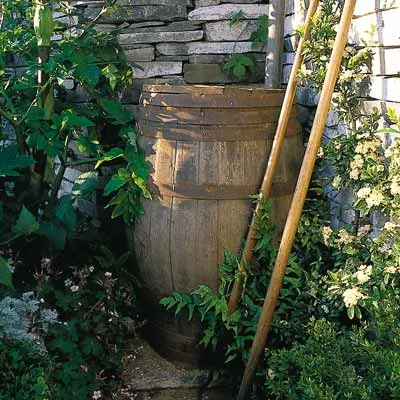
By harvesting rainwater, you can save approximately 1,300 gallons of water during peak summer months, reducing your reliance on municipal water supplies and lowering your water bills.
Modern rain barrels come in attractive designs that can complement your home’s exterior while serving a practical purpose. Choose a location near a downspout and close to areas where you’ll need extra water, such as garden beds. Make sure the ground is level, or create a stable foundation using cinder blocks or a similar material.
To install the barrel, cut the downspout 6–9 inches above the top of the barrel using a hacksaw. Reinstall the bottom elbow, orienting it so that water flows into the center of the barrel’s lid if it has a screened top. For barrels with diverters, use a flex tube to extend the downspout into the diverter.
5. Prevent Erosion With a Retaining Wall
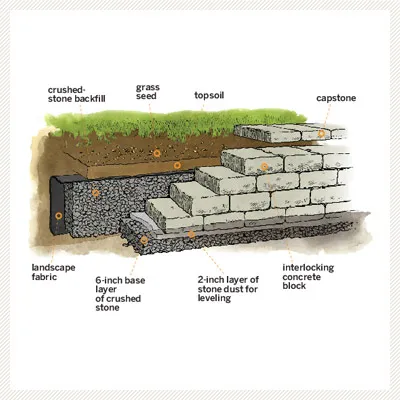
A retaining wall can help to prevent erosion on sloped areas of your property. Building a small retaining wall (up to 3 feet high) is a manageable DIY project.
Start by planning your wall’s location and digging into the slope about 2 feet back from where the wall will be. Line this area with landscape fabric to prevent weed growth. Create an 8-inch trench along the base of the wall and fill it with tamped, crushed stone topped with stone dust for a stable foundation.
Use interlocking concrete blocks to build the wall, staggering courses for stability. Begin with half of the first course below grade and use construction adhesive between courses. As you build, backfill with crushed stone to promote proper drainage behind the wall. Finish the top of the wall with capstones for a polished look.
Walls over 4 feet will require a professional structural engineer. Even smaller walls can run into issues if you don’t have proper drainage.
What Upgrades Will Save Energy?
These projects focus on lowering your home’s energy consumption.
6. Maintain Your AC Unit

Properly maintaining your air conditioning system is necessary for its efficiency and longevity. Here are some tasks you’ll want to complete:
- Clean the outdoor unit area. Turn off the power to the AC. Trim any bushes or branches that may impede airflow. Carefully brush out debris from the fins and hose down the unit from top to bottom. Use a fin comb to straighten any bent fins.
- Consider adding a decorative enclosure. Options such as hinged privacy screens made of weather-resistant materials can enhance your yard’s appearance without compromising the unit’s function.
- Replace air filters. When your AC unit is in use, clean or replace filters every two months. In cooler months, they can be replaced every three months.
7. Seal Your Vents
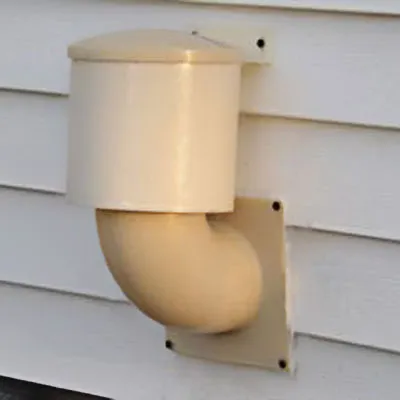
Properly sealed vents prevent unwanted pests and animals from entering your home and help maintain your HVAC system’s efficiency.
Replace standard vent caps with models that remain closed when not in use. For dryer vents, choose floating shuttle designs. For bathroom and kitchen fans, look for roof-mount steel hoods with built-in backdraft dampers and bird screens.
When installing new vent seals, follow the manufacturer’s instructions carefully and pay attention to the edges for a proper fit.
8. Add a Screen Door for Natural Ventilation
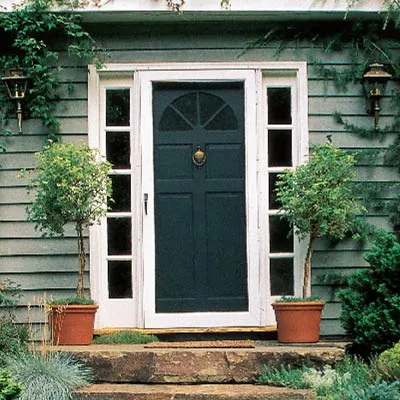
Installing a screen door lets you enjoy fresh air while keeping insects out. It also provides an energy-efficient alternative to air conditioning on mild days.
Measure your entry door opening carefully, noting which side the hinges are on. Before installation, check the fit and trim the base of the door’s aluminum side pieces (Z-bars) if necessary to match your existing sill’s slope.
Secure the hinge-side bar to the screen door, then position the assembly in the opening. Attach the top and latch-side bars to the jamb, and install the automatic closer and door handle. Don’t forget to add a safety chain and seal around the screen door frame with silicone caulk for a weather-tight fit.
Projects To Improve Your Outdoor Living Areas
These projects create inviting areas for relaxation and entertainment.
9. Create a Green Screen for Privacy
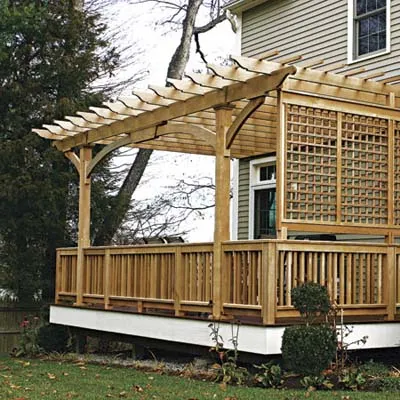
A green screen, or living fence, provides privacy and natural beauty to your outdoor space. Spring is the ideal time to start this project, allowing plants time to establish before summer.
Begin by selecting a sturdy trellis made of cedar or rust-resistant metal. If mounting to a wall, use standoffs to create space between the trellis and the wall for plant growth. For freestanding installations, secure the trellis with stakes anchored in gravel or cement.
Choose climbing plants suited to your region and the amount of sunlight the area of your yard receives. Clematis, jasmine, climbing roses, and similar options create a lush, colorful screen. Plant your chosen varieties at the base of the trellis and train them to grow upwards.
10. Build a Raised Garden Bed
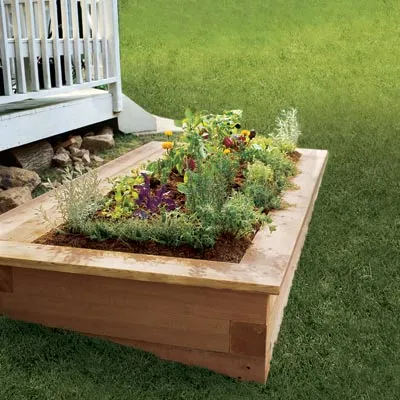
Raised garden beds have numerous benefits, including better drainage, easier maintenance, and an extended growing season. They’re also a convenient way to start gardening if you have limited space or poor soil conditions. Plus, you’ll have access to your own homegrown fruits and vegetables.
Choose a sunny location for your raised bed. You can purchase a kit or build one yourself using weather-resistant materials, such as cedar or composite boards. A bed measuring about 4 feet by 4 feet is a good size for beginners, providing ample space without being overwhelming.
Fill your raised bed with a high-quality soil mix designed for vegetable gardening. Consider installing a simple irrigation system to make watering easier and more efficient.
11. Upgrade Outdoor Lighting
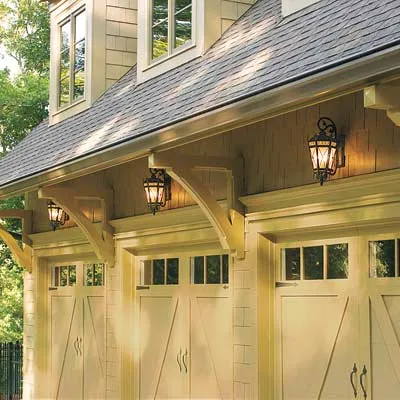
Improving your outdoor lighting enhances both the safety and ambience of your exterior spaces. Focus on key areas such as entryways, pathways, and outdoor living areas.
Start by assessing your current lighting and identifying areas that need improvement. Consider installing energy-efficient LED fixtures, which use less electricity and have a longer lifespan than traditional bulbs. Solar-powered lights are another eco-friendly option for areas that receive ample sunlight.
For a quick and impactful upgrade, install a new sconce on your garage exterior. When installing a new fixture, use a rigid foam mounting block to create a weather-tight fit and proper insulation.
What Are Some Strategies for Eco-Friendly Yard Maintenance?
Adopting sustainable practices in your yard care routine benefits both the environment and your wallet.
12. Improve Your Compost System
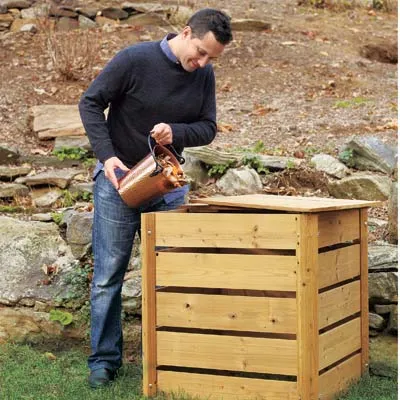
A well-managed compost system turns yard waste and kitchen scraps into valuable soil fertilizer, reducing the need for store-bought fertilizers and improving your garden’s health.
If your current compost pile is sprawling, consider building a contained bin. Create a box-shaped frame and line the walls, floor, and top with 1/4-inch galvanized hardware cloth. This allows for air circulation while keeping pests out.
Make sure your compost bin has a hinged top and one side for easy access. Place it in a convenient location that receives partial sunlight. Layer green materials (including fresh grass clippings and kitchen scraps) with brown materials (such as dry leaves and small twigs) to create the ideal balance for decomposition.
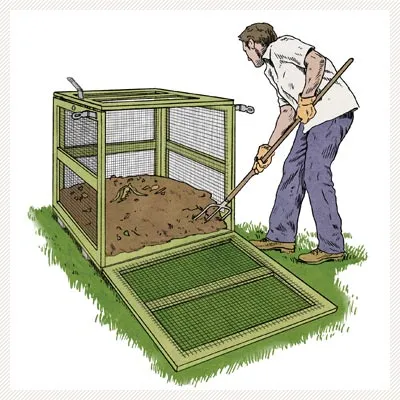
13. Choose Sustainable Landscaping Practices
Implementing sustainable landscaping practices can reduce water usage, lower costs, minimize maintenance needs, and create a healthier ecosystem in your yard. Use these ideas to get started:
- Add native plants, as they typically require less water and maintenance than traditional turf grass.
- Avoid chemical pesticides and fertilizers by adopting integrated pest management techniques and using organic fertilizers.
- Create mulched beds around trees and in garden areas to retain moisture and suppress weeds naturally.
- Install a smart irrigation system that adjusts watering based on weather conditions and plant needs.
